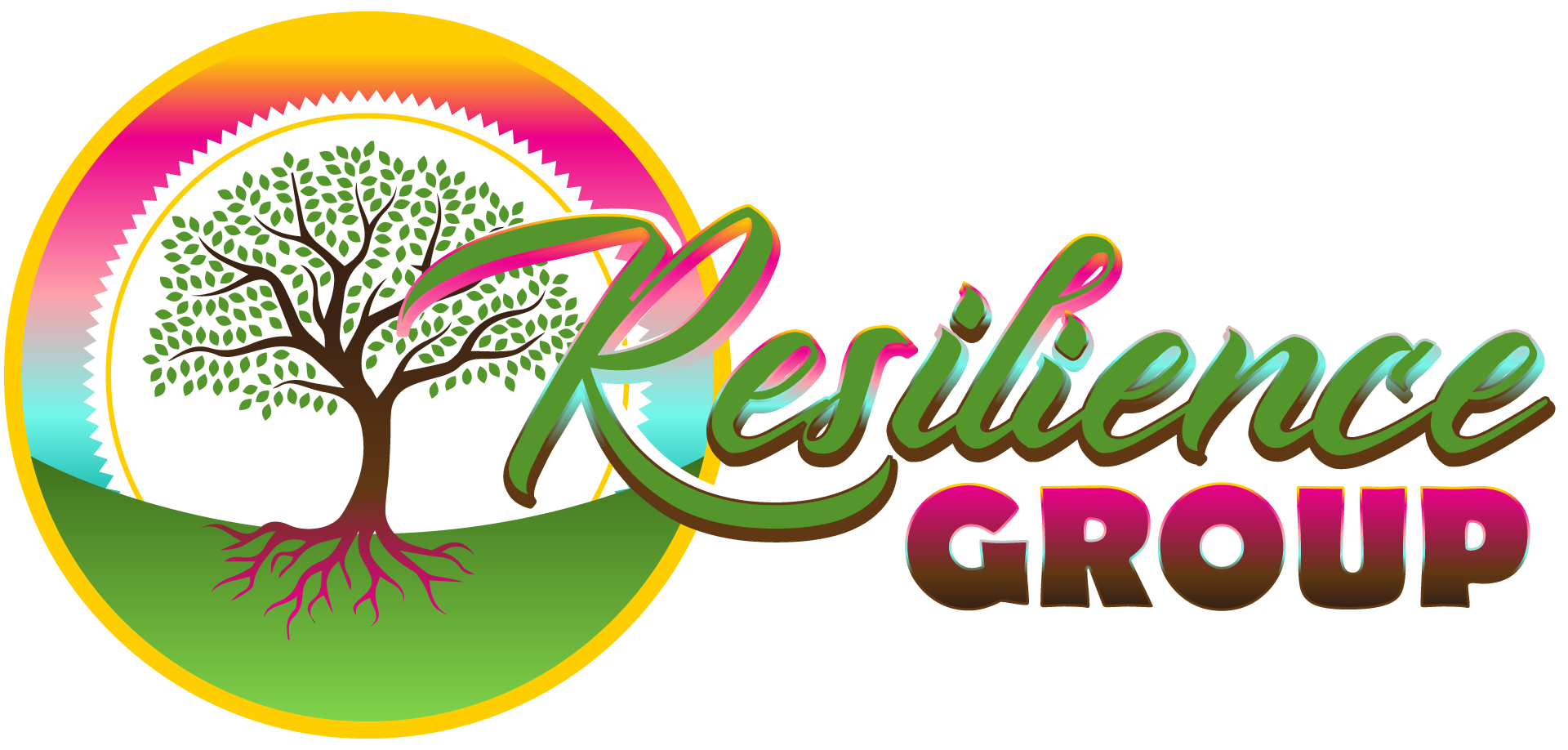Approaches & Techniques
Solution-Focused Brief Therapy (SFBT)
Solution-Focused Brief Therapy (SFBT) is a goal-oriented, evidence-based therapeutic approach that emphasizes identifying and building on a client’s existing strengths and resources to achieve specific, solution-focused outcomes. Developed in the late 1970s and 1980s by Steve de Shazer and Insoo Kim Berg, SFBT is rooted in the belief that clients are capable of change and that focusing on solutions rather than problems can lead to rapid and effective progress.
Core Principles of SFBT:
-
Focus on Solutions, Not Problems:
- The therapy centers on what is working and how the client wants their life to improve, rather than delving into the history or causes of their issues.
-
Client as Expert:
- SFBT assumes that clients have the knowledge and skills to solve their own problems, with the therapist acting as a facilitator to help uncover and apply these resources.
-
Future-Oriented:
- The therapy focuses on defining clear goals and envisioning a preferred future, steering conversations toward actionable steps to achieve those outcomes.
-
Small Changes Lead to Larger Changes:
- SFBT emphasizes that even small, incremental changes can create significant shifts in a client’s life, encouraging practical and attainable steps.
-
Strengths-Based Approach:
- The therapy highlights and leverages the client’s strengths, past successes, and existing resources as tools for creating solutions.
Key Goals of SFBT:
-
Clarify Goals:
- Help clients articulate specific, realistic, and meaningful goals for therapy.
-
Identify Resources:
- Uncover and utilize the client’s internal and external strengths, skills, and supports to address challenges.
-
Develop Solutions:
- Collaboratively create actionable strategies and steps to achieve the client’s desired outcomes.
-
Empower the Client:
- Foster self-efficacy by emphasizing the client’s capacity for change and their role in the solution process.
-
Achieve Efficient Results:
- Facilitate progress in a time-limited framework, focusing on practical outcomes rather than prolonged exploration of issues.
Key Techniques in SFBT:
-
Miracle Question:
- Clients are asked to imagine a future where their problem is resolved and describe what would be different. This helps clarify goals and create a vision for change.
- Example: “If you woke up tomorrow and your problem was completely gone, what would be the first thing you’d notice?”
-
Scaling Questions:
- Clients rate their current situation, progress, or confidence on a scale (e.g., 1 to 10) to identify small, manageable steps toward improvement.
- Example: “On a scale of 1 to 10, how confident are you that you can achieve this goal? What would it take to move from a 5 to a 6?”
-
Exception Questions:
- These questions explore times when the problem was less severe or absent, identifying patterns or actions that worked in the past.
- Example: “Can you think of a time when you faced a similar challenge and handled it well? What was different about that time?”
-
Compliments:
- The therapist acknowledges and reinforces the client’s strengths, efforts, and achievements to build confidence and motivation.
- Example: “It sounds like you’ve already taken some important steps toward change—that’s impressive.”
-
Identifying Small, Achievable Steps:
- Focus on practical, immediate actions that the client can take to make progress toward their goals.
Structure of SFBT:
-
Initial Session:
- Define the client’s goals and explore their desired outcomes.
- Identify exceptions, resources, and initial steps toward solutions.
-
Subsequent Sessions:
- Monitor progress, reinforce positive changes, and refine strategies as needed.
- Use scaling and exception questions to track and sustain progress.
-
Termination:
- Conclude therapy once the client has achieved their goals or feels confident in their ability to continue making progress independently.

Applications of SFBT:
-
Mental Health Issues:
- Effective for anxiety, depression, and stress management by promoting actionable, solution-focused steps.
-
Substance Use and Addictions:
- Helps clients identify and build on periods of sobriety or reduced use, fostering long-term change.
-
Family and Relationship Therapy:
- Assists families or couples in finding practical solutions to conflict or communication challenges.
-
Crisis Intervention:
- Provides a structured and time-efficient approach to addressing immediate problems and developing coping strategies.
-
School and Workplace Settings:
- Supports students, employees, or teams in setting and achieving goals related to performance or personal development.
Effectiveness:
-
Empirical Support:
- Research shows SFBT to be effective for a wide range of issues, particularly when time or resources are limited.
-
Time-Efficient:
- SFBT is often completed in fewer sessions compared to traditional therapies, making it accessible and cost-effective.
-
Adaptability:
- The approach is flexible and can be used across diverse populations, cultures, and settings.
Conclusion:
Solution-Focused Brief Therapy (SFBT) is a goal-oriented, strengths-based approach that empowers clients to envision and achieve their preferred future by building on existing resources and successes. By focusing on solutions rather than problems, SFBT offers a practical, efficient, and collaborative framework for facilitating meaningful change across a wide range of personal and professional challenges.
Contact
(435) 313-8533
Location:
Resilience Group
Saint George, UT 84770
In-person and telemedicine available
